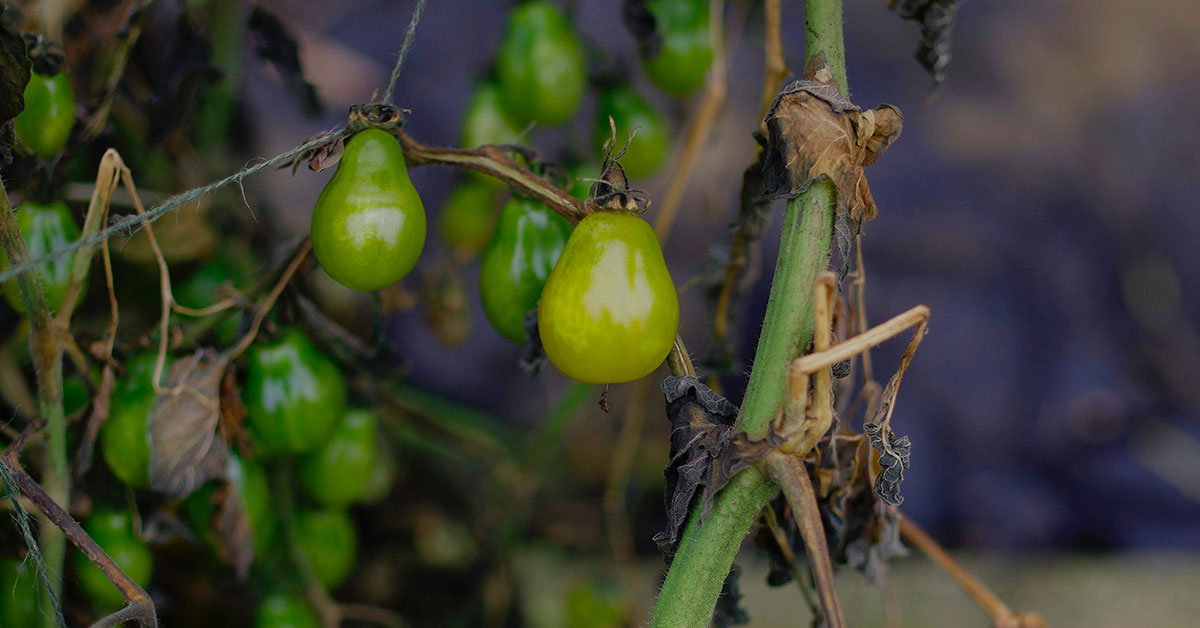When we talk about fertilizing our plants, the usual nutrients we mention are nitrogen, phosphorus, and potassium (NPK). But there are a total of 13 mineral nutrients that can be found in soil, and each is important for the health of plants and animals alike. One of them is magnesium. If there’s an imbalance of garden magnesium, your plants may suffer for it.
Some plants can draw magnesium from the soil at a quicker pace than others. Adding magnesium to your soil can help correct these imbalances. Here’s what you should know.
What is garden magnesium?
Magnesium is a chemical element that can be found commonly in soil. In humans, magnesium plays a vitally important role in creating healthy bones as well as playing a role in more than 300 enzyme reactions inside of your body. Without proper magnesium, your health will undoubtedly suffer. Plants face similar issues when magnesium is not present in their environment in a way that they can access.
Why do plants need magnesium?
In plants, magnesium comprises the central core of the chlorophyll molecule in the plant’s tissue. Chlorophyll is a green pigment that can be found in plants that turns light from the sun (and artificial sources) into food. Chlorophyll is what gives plants their green appearance. Without a proper source of magnesium, the chlorophyll in a plant’s tissues are unable to perform optimally, which can result in a plant that doesn’t grow properly.
What happens to magnesium deficient plants?
Magnesium deficiency in your garden can be caused by a few different things, including heavy rain, excessive potassium, and overplanting plants that absorb magnesium but don’t return any to the soil.
Signs of magnesium deficiency in your garden include:
- Leaf decay occurring on lower leaves
- Stunted growth
- Yellowing “veins” in leaves
- Loss of green color in older leaves
- Tissue death (necrosis)
- Purpling of effected areas
- Eventual defoliation (loss of leaves)
- Reduced yield
- Deformed fruit
- Plant death
How to increase garden magnesium
Magnesium deficiency can certainly devastate a beautiful garden, but if treated, you can easily begin reducing the above listed symptoms and still have a wonderful growing season to look forward to.
Epsom salts are the most common method of reintroducing magnesium into a garden, but it is not recommended that you apply Epsom salts directly to your garden. Instead, dissolve 1 pound of Epsom salts in 100 gallons of water and thoroughly water your garden. You may not need all of the water for your garden. Avoid over-soaking your garden with this magnesium treated water.
Fruits and vegetables with the most magnesium
If you have determined with your doctor that you are deficient in magnesium, growing and consuming the following fruits and vegetables may help.
- Prickly pear
- Spinach
- Kale
- Avocados
- Bananas
- Figs
- Raspberries
- Black beans
- Chickpeas
- Kidney beans
- Peas
- Broccoli
- Cabbage
- Green beans
- Asparagus
- Brussels sprouts
- Artichokes
Keep Reading: Rabbit Manure Is The Best Fertilizer For Your Garden













